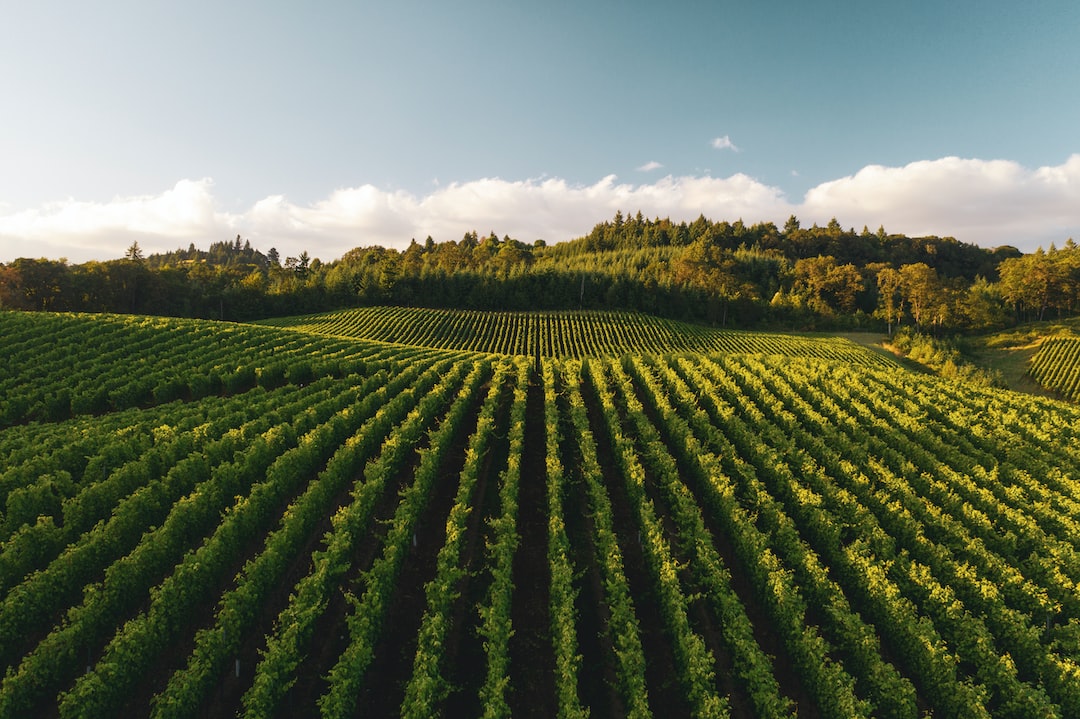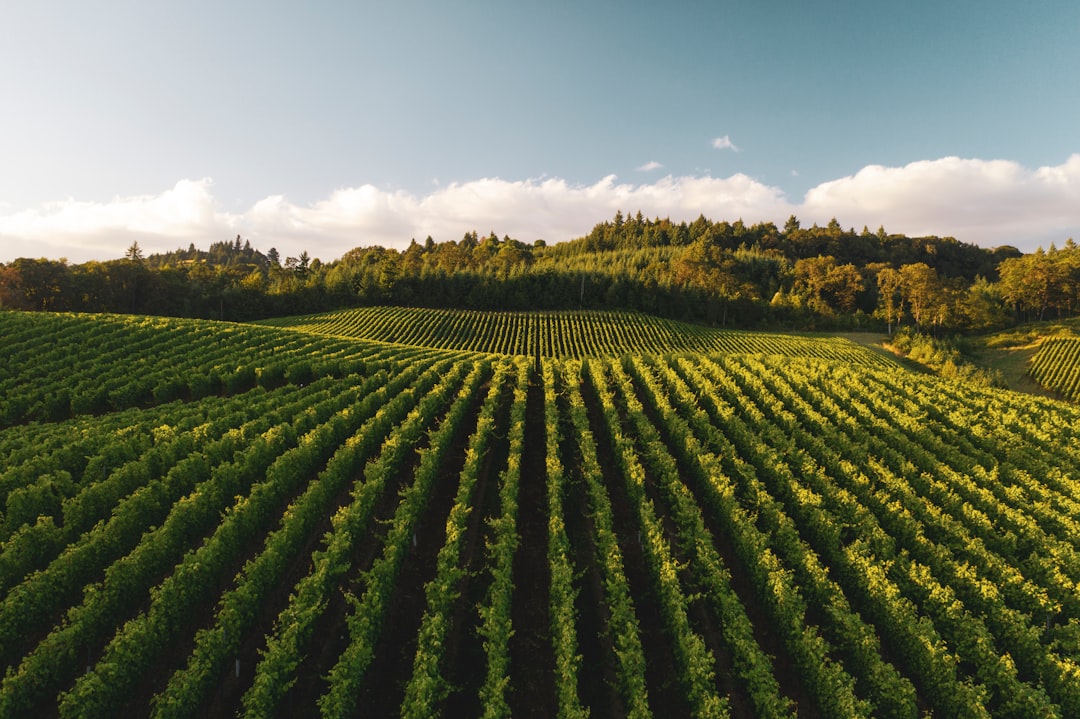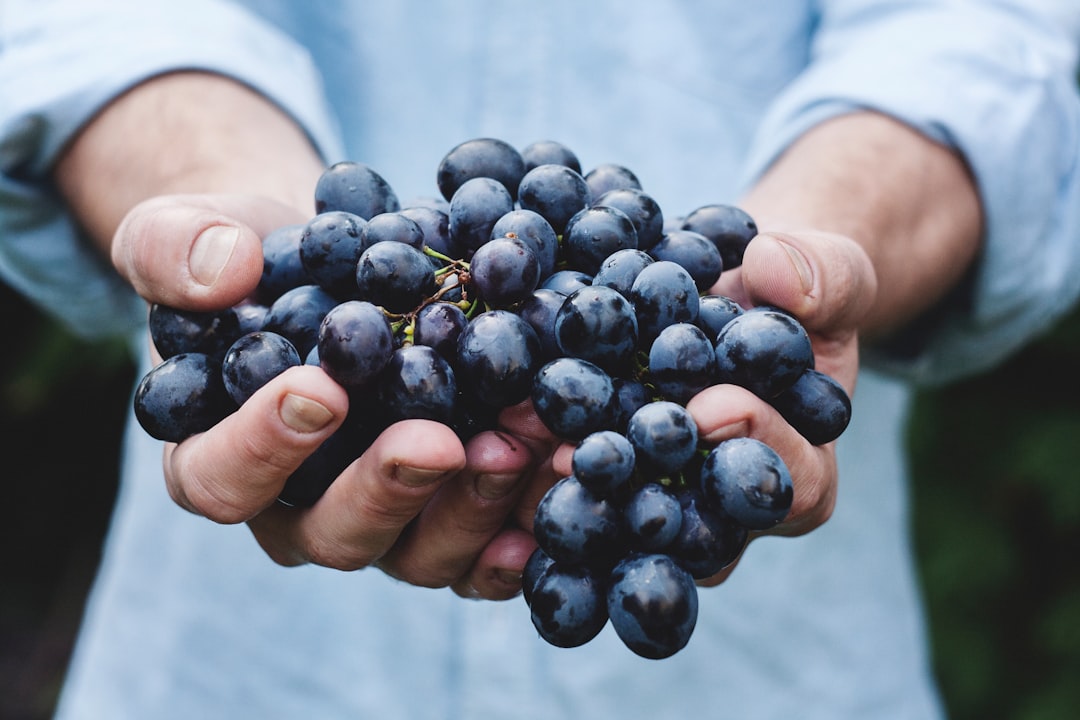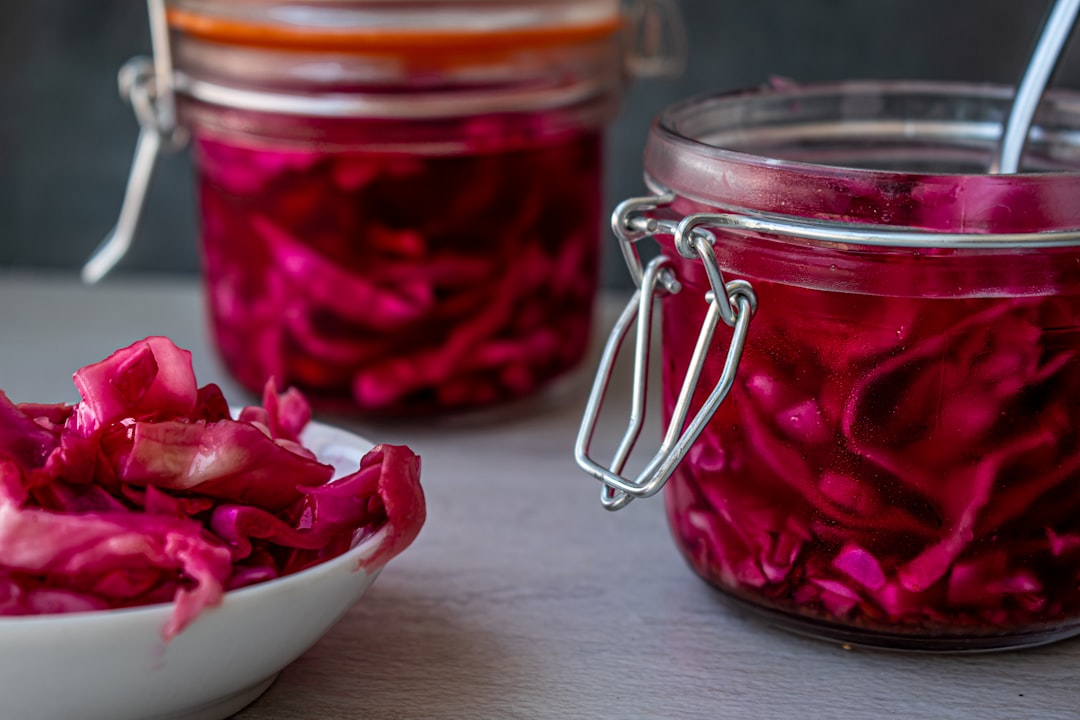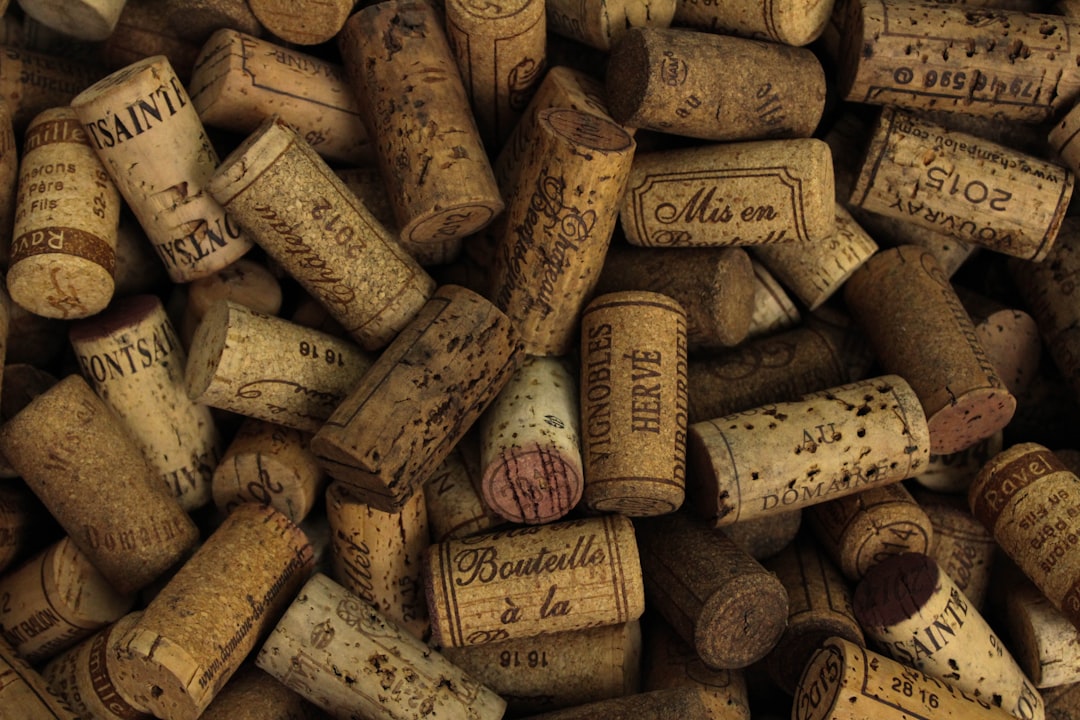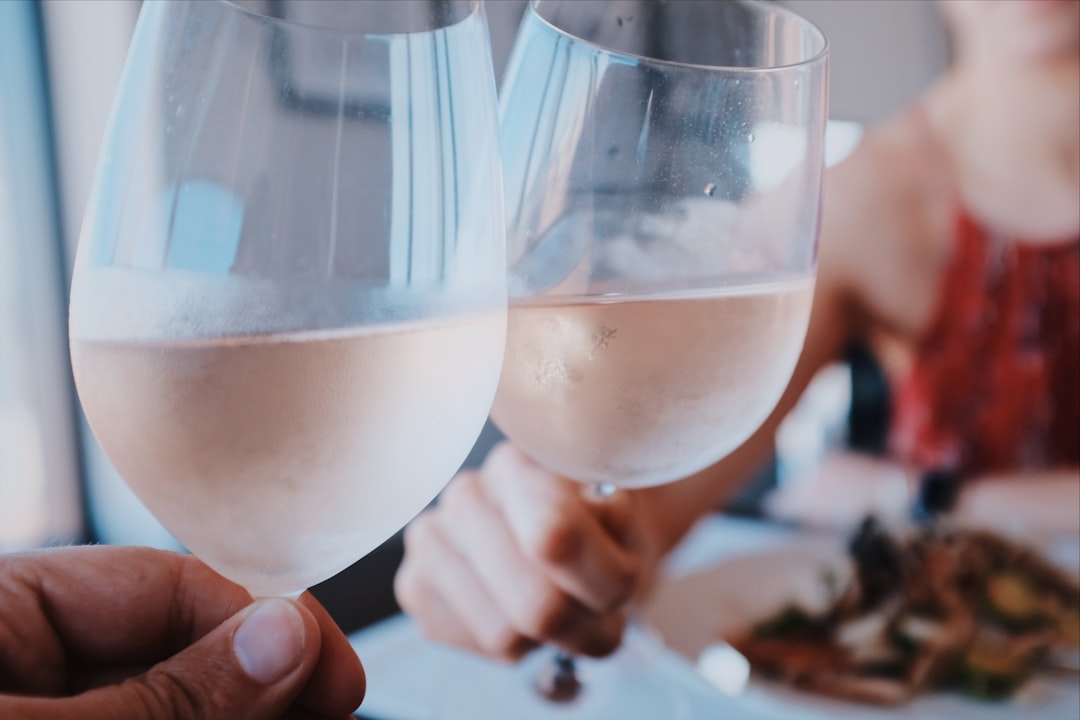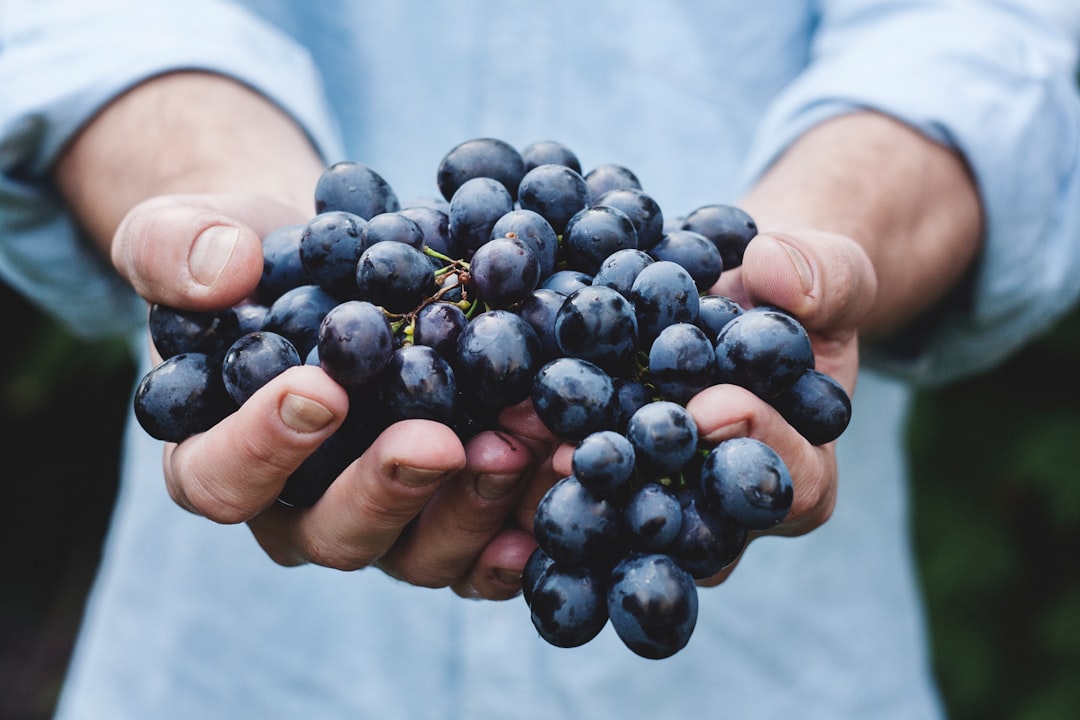There is something magical about a sip of good wine. It can transport you to another time and place, evoke emotions, and awaken your senses. But have you ever wondered about the journey that wine takes from the vineyard to your glass? Let’s uncover the art of winemaking and unravel the mysteries behind each bottle.
Winemaking is a complex process that starts in the vineyard. Grapes are carefully cultivated and harvested by hand or machine at the optimal ripeness. Soil composition, climate, and the winemaker’s skill all play a crucial role in the quality and flavor profile of the wine.
Once the grapes are harvested, they are destemmed and crushed to release the juice, which is then fermented. The fermentation process converts sugar into alcohol and releases carbon dioxide. Red wines are fermented with the grape skins, while white wines are typically separated from the skins to produce a lighter and crisper flavor.
After fermentation, the winemaker decides whether the wine will go through aging. Aging can take place in various vessels such as oak barrels or stainless steel tanks. This step contributes to the wine’s complexity, flavor, and overall character. It can take months or even years for some wines to mature and reach their full potential.
Now that we have explored the winemaking process, let’s dive into the different types of wines. Red wines are made from dark-colored grapes and have a rich and robust flavor profile. They range from light-bodied and fruity to full-bodied and tannic. Some popular red wine varietals include Cabernet Sauvignon, Merlot, and Pinot Noir.
White wines, on the other hand, are made from green-skinned grapes and have a lighter and more refreshing taste. They can be dry, off-dry, or sweet, and are often enjoyed chilled. Chardonnay, Sauvignon Blanc, and Riesling are among the most well-known white wine varietals.
Rosé wine, also known as blush wine, is made by fermenting red grapes with the skins for a short period. It has a vibrant pink hue and offers a balance between the flavors of red and white wines. Rosé wines can be dry or sweet, and they are perfect for summer picnics or sipping on a patio.
Now that you understand the basics of winemaking and the different types of wine, let’s discuss the art of wine appreciation. When tasting wine, it’s essential to engage your senses fully. Observe the color, swirl the wine, and take note of any aromas that waft from the glass. Take a small sip and let the flavors dance on your palate. Is it fruity, oaky, or spicy? Does it have a long or short finish?
Pairing wine with food is another crucial aspect of wine appreciation. The right combination can enhance both the flavors of the food and the wine. As a general rule, light-bodied wines pair well with delicate dishes such as seafood or salads, while full-bodied wines complement heartier fare like steak or pasta dishes.
Whether you are a seasoned wine enthusiast or a curious novice, exploring the world of wines offers a captivating journey. From the vine to the glass, the art of winemaking encompasses centuries of tradition, skill, and passion. So next time you pour yourself a glass of wine, take a moment to appreciate all the craftsmanship and dedication that went into creating that perfect sip.

